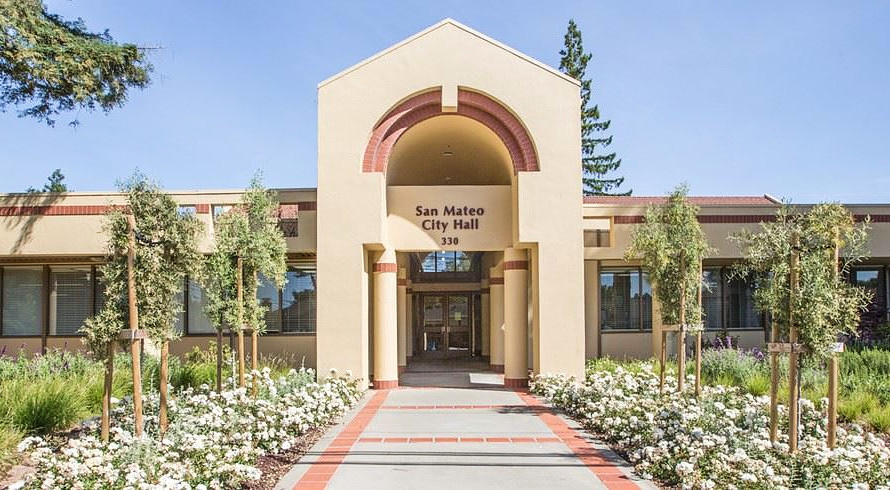San Mateo City Council on Monday committed to transitioning to a district-election system for electing City Council members, prompting the launch of a community engagement effort to determine district boundaries.
The city recently became the latest California jurisdiction to face legal action if it did not transition from an at large system for electing City Council members to a district-based version. The current at large system has voters citywide electing all five City Council members, while a district-based election has voters solely electing the councilmember who resides in and represents their designated district within the city.
In late May, the city received a letter from attorney Scott Rafferty stating at large elections violate the California Voting Rights Act (CVRA) as they dilute representation in minority-majority neighborhoods. No cities have successfully defended a CVRA lawsuit brought to mandate district-based elections. Entering litigation comes at a high cost in city funds. Redwood City held its first district elections last year.
“This is perhaps the most important shift in local City Council elections in San Mateo’s more than 125-year history,” said Eric Rodriguez, Mayor of San Mateo. “Listening to and learning from our community is key to this process, and I encourage everyone in San Mateo to get involved in guiding the future of our democracy.”
Along with an outreach program to gather community input, the city has hired a professional demographer to assist in developing a map divided up into council districts. The timeline to get this done is short. The city is legally mandated to hold at least five public hearings and to finalize a map in 90 days. The city intends to request an extension “to allow for more robust public outreach and to incorporate the Census 2020 demographic data that is expected to be released this year.”
“The transition to district elections has become increasingly common in the state and San Mateo County, as attorneys have sued local cities and school districts alleging there is evidence of racially polarized voting in at-large electoral systems,” the city said. “While the City does not believe there is local evidence of racially–polarized voting, under the CVRA, minimal evidence of racially polarized voting can result in a court ordering a change from at-large voting to district-based voting.”
To learn more and follow the process, visit the city’s new District Elections web page here.






